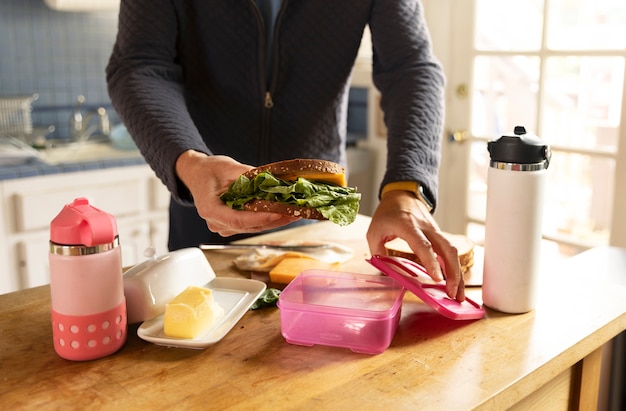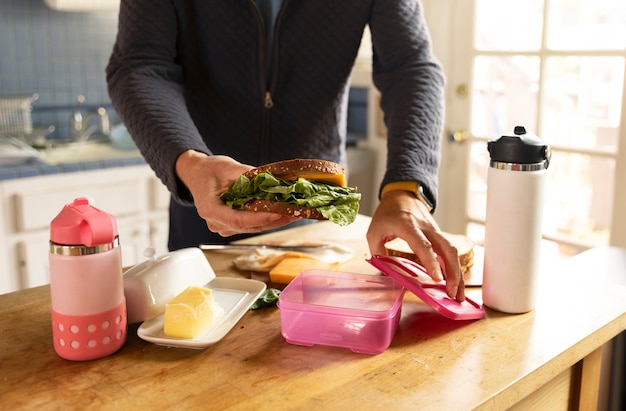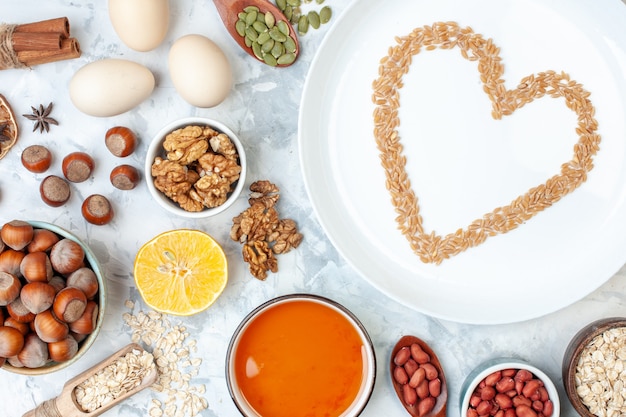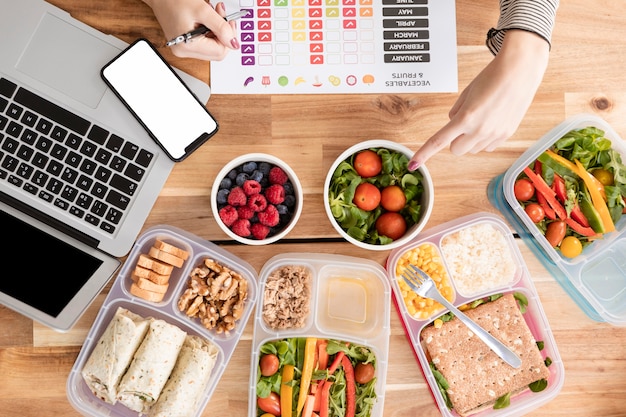In today’s fast-paced world, injury prevention is often associated with strength training, stretching, or proper form during exercise. But one of the most overlooked yet powerful tools for reducing injury risk lies in your kitchen: weekly meal prep.
Emerging research shows that nutrition plays a critical role in tissue repair, joint health, inflammation control, and muscle recovery—all of which directly influence your body’s resilience. By dedicating just a few hours each week to smart meal preparation, you can create a sustainable, results-driven routine that supports physical performance and lowers the chance of injury.
Injuries—especially overuse or repetitive strain types—are often the result of cumulative stress on tissues that haven’t fully recovered. Poor nutrition can slow recovery, weaken connective tissues, and increase systemic inflammation, making the body more vulnerable.
Meal prepping ensures consistent intake of key nutrients like protein, omega-3 fatty acids, antioxidants, and vitamins C and D—proven to support collagen synthesis, reduce oxidative stress, and maintain strong bones and tendons.

You don’t need to be a chef or spend hours cooking. Follow this efficient, evidence-based meal prep strategy:
Consistency beats perfection. Integrate these simple habits to make meal prep sustainable:

A 2022 review in the Journal of the International Society of Sports Nutrition found that athletes with higher intakes of protein and omega-3s experienced fewer soft tissue injuries and faster recovery times. Another study showed that individuals who meal prep consume more fruits, vegetables, and whole grains—key for reducing chronic inflammation.
Moreover, consistent eating patterns stabilize blood sugar, reducing fatigue and improving focus—critical for maintaining proper form during physical activity and avoiding accidents.
You won’t eliminate all injury risk overnight, but consistent, smart nutrition builds a resilient body over time. Think of meal prep not as a diet, but as preventive healthcare.
Start small: prep just three lunches. Add one more meal each week. Celebrate progress, not perfection.
Reducing injury risk isn’t just about how you move—it’s also about what you eat and how consistently you fuel your body. Weekly meal prep is a simple, powerful habit backed by science to support recovery, reduce inflammation, and strengthen your body from the inside out.
Invest a little time each week, and your future self—stronger, healthier, and injury-free—will thank you.

Wellness

Wellness

Wellness

Wellness

Health

Health

Health

Fitness

Wellness

Wellness

Fitness

Fitness

Health

Fitness

Health

Health